Curry Chronicles: A Spicy Journey from Ancient Origins to Modern Plates
Table of Contents
- The Roots of Curry: Ancient Beginnings
- Regional Varieties: How Curry Evolved Around the World
- Curry Powder: The Colonial Twist
- Global Curry: From Local Kitchens to International Fame
- Spice Up Your Life: Practical Curry Tips & Tricks
- Conclusion
The Roots of Curry: Ancient Beginnings
Let’s start at the beginning — or rather, in the kitchens of ancient India.
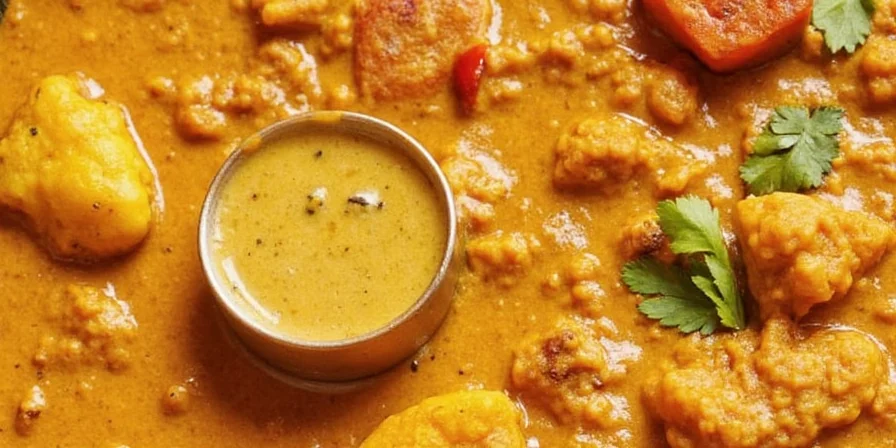
Long before the British Empire gave us the catch-all term “curry,” South Asian cooks were already blending spices like turmeric, cumin, coriander, and ginger into their daily dishes. These weren’t random mixes; they were carefully curated for flavor, preservation, and medicinal benefits. In fact, Ayurveda, the traditional Indian system of medicine, praised many of these spices for their healing properties.
The word “curry” itself is believed to have originated from the Tamil word kari, meaning sauce or relish. It was used to describe the spiced gravies that accompanied rice, a staple food in South India.
| Term | Meaning | Origin |
|---|---|---|
| Kari | Sauce/Relish | Tamil |
| Khadi | Stew | Hindi |
| Kadhi | Dish made with yogurt and gram flour | North India |
Regional Varieties: How Curry Evolved Around the World
As trade routes expanded and empires rose and fell, the concept of curry traveled far beyond India. Let’s explore how different regions interpreted this beloved dish:
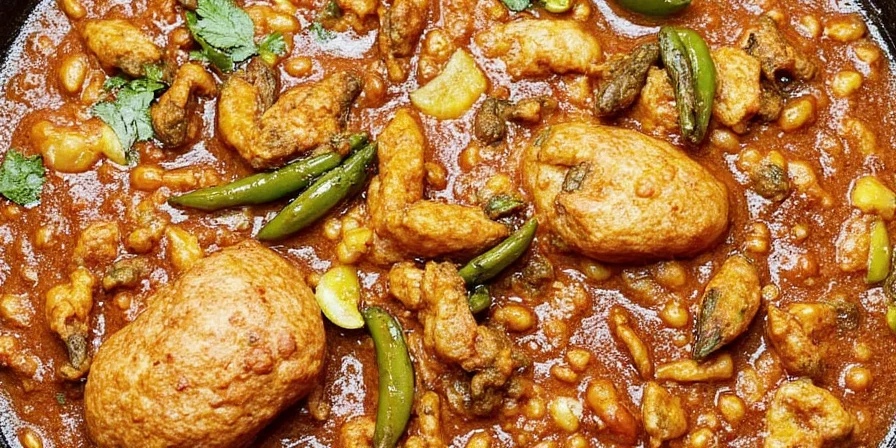
- India: Every region has its own version. Think Kerala’s fish curry, Punjab’s butter chicken, and Goa’s vindaloo (which owes its origins to Portuguese sailors).
- Thailand: Thai curry uses coconut milk and fresh herbs like lemongrass and kaffir lime leaves. Green, red, and yellow curries each tell a unique flavor story.
- Jamaica: Jamaican curry blends Indian influences with Caribbean heat, often including scotch bonnet peppers and allspice.
- Japan: Japanese curry (karē raisu) is thick, sweet, and mild, often served with rice and pickled vegetables.
- United Kingdom: Thanks to Indian immigrants, the UK fell head over heels for curry — especially chicken tikka masala, famously dubbed Britain’s national dish.
| Region | Signature Ingredient | Key Flavor Note |
|---|---|---|
| India | Fried onions, garam masala | Complex layers of spice and texture |
| Thailand | Coconut milk, galangal | Creamy with herbal freshness |
| Jamaica | Scotch bonnet, pimento | Fiery with tropical warmth |
| Japan | Carrots, potatoes, apples | Mildly sweet and deeply savory |
Curry Powder: The Colonial Twist
If you’ve ever bought a jar labeled “curry powder” from a supermarket, you might be surprised to learn that it doesn’t really exist in traditional Indian cooking.
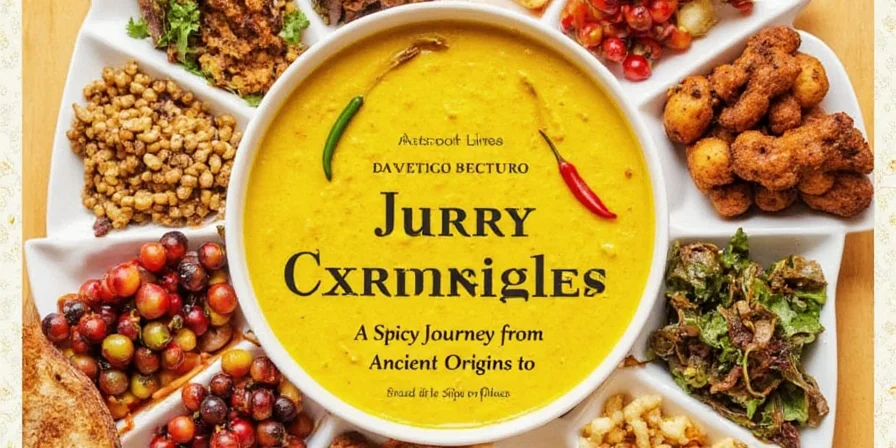
When British colonists arrived in India, they encountered countless spice blends tailored to specific dishes. Unable to grasp the complexity, they created a one-size-fits-all powder blend that mimicked what they thought was “Indian food.” Thus, curry powder was born — a British invention, not an Indian original.
This simplified blend usually contains turmeric, coriander, cumin, fenugreek, and black pepper. While convenient, it lacks the nuance of authentic spice layering.
Pro Tip:
- Make your own blends instead of relying on commercial curry powders.
- Toast whole spices first to unlock deeper flavors.
- Grind in small batches to keep the aroma fresh.
Global Curry: From Local Kitchens to International Fame
Today, curry is more than just a dish — it’s a symbol of globalization, cultural fusion, and culinary curiosity. From street food stalls to Michelin-starred restaurants, curry adapts and thrives wherever it lands.
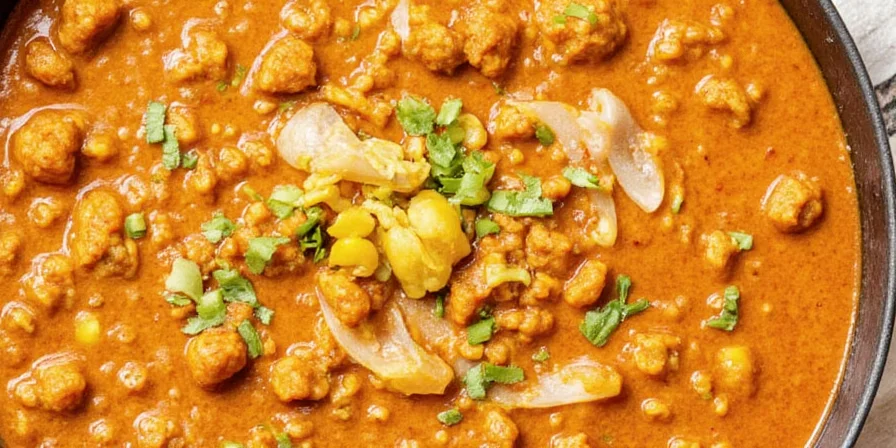
Some Surprising Curry Twists:
- Currywurst (Germany): Sausage topped with curry-ketchup sauce.
- Curry Udon (Japan): Hearty noodles in a mildly spicy soup.
- Curry Popcorn (UK): Snackable with a kick!
Spice Up Your Life: Practical Curry Tips & Tricks
Whether you're a seasoned home cook or a curious newbie, here are some practical tips to elevate your curry game:
1. Build Layers Like a Pro
- Start with aromatics (onion, garlic, ginger).
- Add spices early but toast them carefully — don’t burn them!
- Simmer slowly to meld flavors together.
2. Don’t Fear Fat
Spices love oil! Use ghee or coconut oil to bloom flavors effectively.
3. Balance Is Key
- Too bitter? Add a touch of sweetness (like honey or dates).
- Too spicy? Swirl in yogurt or coconut milk.
- Too bland? Try a splash of vinegar or lemon juice.
4. Fresh vs. Ground
Whole spices retain their potency longer. Grind as needed for best results.
5. Store Smart
- Keep spice blends in airtight containers away from light and moisture.
- Label and date your blends for easy tracking.
Conclusion
So, where does curry come from? It started in the spice-rich kitchens of ancient India, blossomed through trade and migration, and now lives in countless variations around the globe. It’s a dish that tells stories — of cultures meeting, of traditions evolving, and of people falling in love with bold, beautiful flavors.
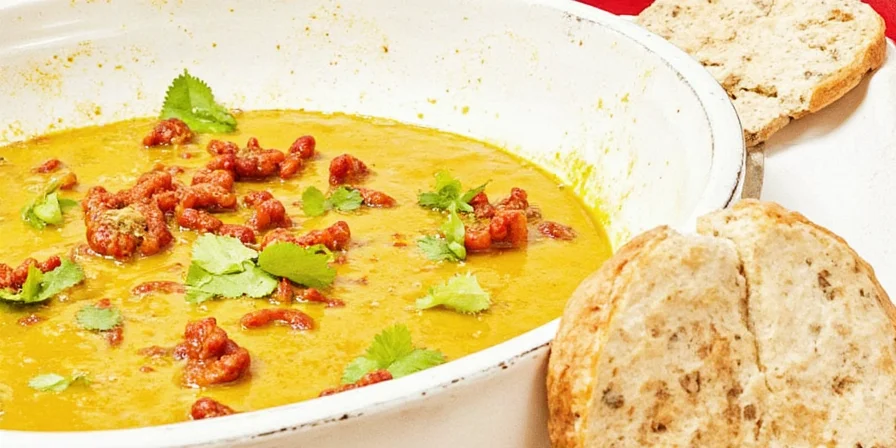
Next time you stir up a pot of curry, remember you’re participating in a tradition thousands of years old — just with a few modern twists. Happy cooking, spice explorers!











 浙公网安备
33010002000092号
浙公网安备
33010002000092号 浙B2-20120091-4
浙B2-20120091-4